Replacing worn tires with new ones can be a pain-free process -- just buy the same brand, model and size fitted to your vehicle by the automaker when it was new. But there are a variety of brands, models and sizes available that could affect how your car handles in certain weather conditions, and the variety does allow you to switch things up.
For most people, tires come in three distinct flavors -- summer, winter or all-season. Each is designed for a specific set of parameters, which are different between brands, and each has particular pros and cons. It's vital to understand what each tire can and cannot do while comparing their abilities to the driving conditions you'll likely be experiencing.
Read more: Run-flat tires: Pros and cons
Usually marketed as performance tires, summer tires work best in warmer weather (read: over 45-degree temperatures). Summer tires are made from a softer rubber compound and are typically fitted with large tread blocks to give maximum contact with the road in warmer weather. As a result, summer tires generally have more grip in both wet and dry conditions and provide optimal cornering and braking capabilities.
However, once temperatures drop, their soft rubber compound hardens, and traction suffers greatly. Not only that, colder temperatures may cause chipping of the tread block edge or the tread compound rubber to crack. Since these failures are generally treated by tire companies as the result of improper tire use, they're rarely covered under warranty, meaning the replacement cost will be on you.
More importantly, however, summer tires just don't grip in cold weather, whether there's snow or ice present on roads or not. Cornering performance is greatly impaired, and stopping distances can be lengthened dramatically. Simply put, summer tires aren't just unsuitable for temperatures below 45 degrees, they're genuinely unsafe.
Don't believe me? Tire Rack has done extensive testing on summer tires performance on ice. In one test, a car wearing summer rubber took 47 feet to stop from only 10 mph, while the car wearing winter tires managed the same task in just 21 feet -- well under half the distance.
When the thermometer dips below 45 degrees, you really should consider throwing a set of winter tires on your car. Winter tires are made with a deep tread pattern and a series of very thin cuts called sipes across the tread. The deep tread can help flush out excess slush buildup, while the sipes and other ridges help to pack the white stuff between the tread blocks, allowing for superior snow-on-snow traction. Meanwhile, sipes help provide a biting edge to keep things copacetic on icy surfaces. Winter tires also use rubber that's specially formulated to provide more grip on cold, dry pavement. Even if you don't regularly experience snow, winter tires are still your best bet when temps are low.
Just be sure to put a full set of winter tires on your car. Mixing and matching snow tires with all-season or summer tires results in different levels of traction between your ride's wheels, which can be a recipe for erratic handling.
Enlarge ImageThose zig-zag lines in the tire tread are called sipes, and they're built to provide extra grip on snow and ice.
Fiat Chrysler AutomobilesStudded snow tires, with metal studs embedded (or installed) right into the tire tread, are an option. However, be forewarned that they are much noisier than regular winter tires (which often already quite loud), plus they can do damage to local pavement. Some cities have outlawed them for exactly this reason, so check your local ordinances before buying a set.
If swapping out your tires twice a year sounds like a drag, consider investing in a second set of less-expensive steel or alloy wheels for winter, preferably in a size or two smaller than your summer tires. Even if they don't look quite as impressive, a smaller-size tire will provide better performance at a lower cost, plus they'll typically have taller sidewalls, which aid ride quality. Just make sure that the downsized secondary set of wheels you buy fit cleanly over your brake calipers.
Even if they don't look quite as impressive, a smaller-size tire will provide better performance at a lower cost, plus they'll typically have taller sidewalls, which aid ride quality. Just make sure that the downsized secondary set of wheels you buy fit cleanly over your brake calipers.
And be warned, fellow procrastinators: Winter tires can be sold out by the time the snow flies. Buy them early to guarantee you won't be stranded waiting for your local tire shop to get a fresh shipment.
The vast majority of new cars are arrive at dealers equipped with all-season tires, since they can perform adequately on dry or wet roads, or roads that have a light snow. However, you should think of all-season tires as a "jack of all trades, master of none" solution. All-season tires may perform adequately on dry, warmer pavement, but they won't give you the handling and grip levels of a summer tire. They may have a longer life than summer or winter tires, and they can get you up to the ski slopes, as long as that mountain road is only lightly covered with snow. Even then, however, they won't stop and corner as well as winter tires can when the weather turns cold.
Even then, however, they won't stop and corner as well as winter tires can when the weather turns cold.
The best choice really comes down to your budget, convenience and the worst-case scenario. Figure out how much money you can spend, the worst weather you'll be driving in and whether you want the hassle of swapping out tires twice a year. Purchase tires to accommodate those factors.
Enlarge ImageMany crossovers and SUVs come with all-season tires.
Emme Hall/RoadshowFor example, when I first bought my Mazdaspeed Miata, I lived in Washington, DC, an area that doesn't receive an overwhelming amount of snow. But its winter temperatures often dip below 45 degrees. As much I wanted summer tires for maximum fair-weather performance, I knew I'd have to spring for a set of winters, as well. I didn't have the cash for two sets of tires, so instead, I opted for Michelin Pilot Sport A/S 3 all-season tires. In warmer months, they provided enough grip to participate in a few autocross events and be fun on the street. In the winter, they performed well when roads got about an inch of snow -- but anything over that saw me leaving my rear-wheel-drive sports car at home and taking the train.
In warmer months, they provided enough grip to participate in a few autocross events and be fun on the street. In the winter, they performed well when roads got about an inch of snow -- but anything over that saw me leaving my rear-wheel-drive sports car at home and taking the train.
Similarly, when I moved to California to join Roadshow, I immediately swapped those tires out for Michelin Pilot Super Sport summer tires, since I knew snow and cold weather wouldn't be a factor. Sure, I can't drive up to Tahoe in a blizzard, but I'm OK with that.
You may see all-season tires with "M+S" marked on the sidewall. This stands for "mud and snow" and means that the tire has performed well in packed snow and mud. It does not mean the tire has the same traction in the cold or on ice as a proper winter tire. These tires are more "all-season plus" than full-fledged winter tires, and if you don't want to pony up for the two-set solution, it might be worth seeking out a set of M+S-rated tires.
One last thing: Just because you have all-wheel drive doesn't mean you have all-wheel stop. Getting power to all four wheels certainly helps all-season tires accelerate in heavy snow, but it does nothing to help you stop or corner. If it snows more than a few inches regularly where you live, do you, your family and everyone else on the road a favor: Invest in some good winter tires.
Originall published August 2018.
If you have recently bought a vehicle, or you have been driving your car or truck for a while but haven’t thought to check out what kind of tires you have, you may be wondering how to figure out what your vehicle is fitted with.
There are many different kinds of tires, and each has been designed for a different driving purpose, and for differing conditions. One main differentiating factor in tire type is what weather conditions it has been designed for – winter, summer, or all seasons.
If you are unsure what kind of tires are on your vehicle, then read on, as we have some quick and easy ways to help you identify them different types of tires, which is especially important if you are planning on buying new ones.
Fairly easy to identify, winter tires always have a pictogram with a snowflake and mountains on their sidewall. This symbol - called 3PMSF for Three Peak Mountain Snowflake - means that the tire meets international standards for use in harsh winter conditions, making it a safe and reliable tire for anyone who drives in snowy, slippery, and extremely cold conditions. The tread depth of a winter tire is always at least 4 mm, to ensure a longer life in severe winter conditions.
If you are curious about the optimum outdoor temperature range for winter tires, generally, this value is related directly to the rubber compounds used in their manufacturing. If they bear the three-peaked mountain and snowflake logo, it means these winter tires have been tested in winter conditions under 40 degrees Fahrenheit.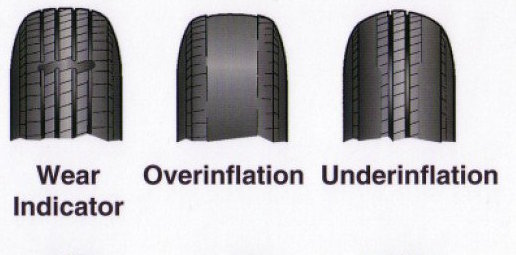 While this might seem extreme, temperatures this cold do occur in parts of Canada from time to time. Regular winter tires marked with the M+S logo should be installed when the weather dips under 7 °C, or sooner if snow and ice start falling in your region.
While this might seem extreme, temperatures this cold do occur in parts of Canada from time to time. Regular winter tires marked with the M+S logo should be installed when the weather dips under 7 °C, or sooner if snow and ice start falling in your region.
If you are wondering if you have summer tires installed on your vehicle, there are a few features you can used to identify them. Summer tires are not quite as common as say, all-season tires, and tend to be found installed on high performance vehicles such as sports cars, or cars used solely during the summer months, such as vintage cars. Other features of summer tires include:
As you have read, summer tires are best suited for warm weather driving, but you may have questions about what the ideal summer tires temperature range might be. The suggested temperature range for summer tires is when the weather hits above 45 °F or 7 degrees Celsius. In most parts of Canada, this means that summer tires are best installed near the end of the spring season, or at the beginning of summer – and are taken off and replaced with your all-season tires at the beginning of fall, still depending, of course, on where you live.
The suggested temperature range for summer tires is when the weather hits above 45 °F or 7 degrees Celsius. In most parts of Canada, this means that summer tires are best installed near the end of the spring season, or at the beginning of summer – and are taken off and replaced with your all-season tires at the beginning of fall, still depending, of course, on where you live.
One of the most popular types of tires is the all-season tire. If you are wondering if those are the ones equipped on your vehicle, then here are a few features to look for:
Because they are called all season, these types of tires can be used all year round, as long as you are driving in average conditions.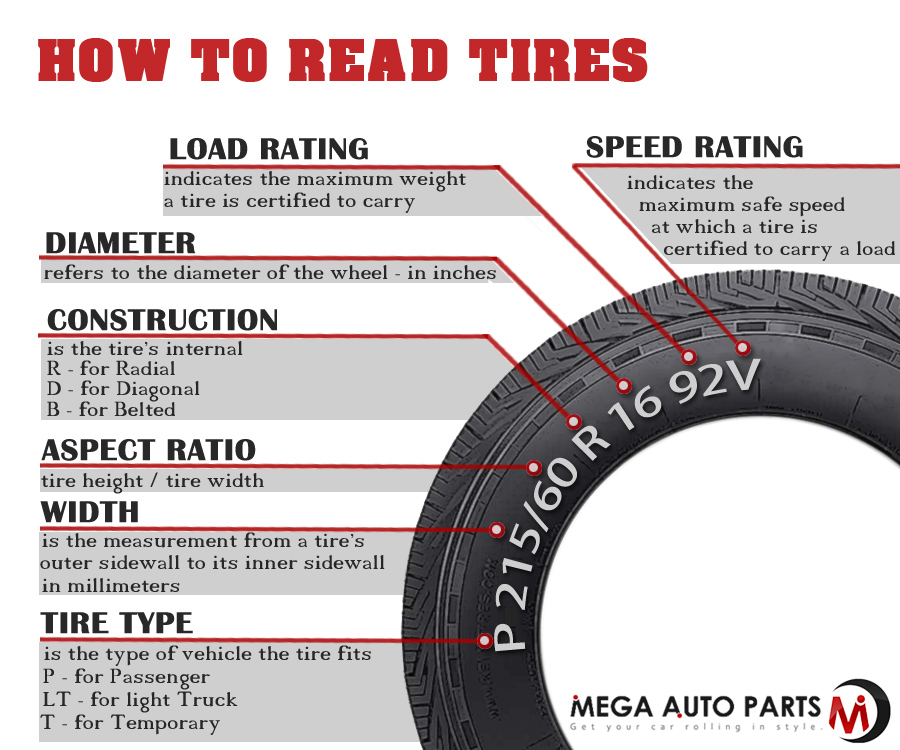 However, if you want to know the temperature range for all-season tires, you should install them when the temperature is between 30 °F and around the freezing mark in Canada of 0 degrees Celsius. These tires will perform well during the winter months, but if you live in a region where you get a lot of snow and ice, or you travel on less well-kept roadways, then you may want to think of putting winter tires on your vehicle when the snowy season begins.
However, if you want to know the temperature range for all-season tires, you should install them when the temperature is between 30 °F and around the freezing mark in Canada of 0 degrees Celsius. These tires will perform well during the winter months, but if you live in a region where you get a lot of snow and ice, or you travel on less well-kept roadways, then you may want to think of putting winter tires on your vehicle when the snowy season begins.
Of course, if you have any questions about what kind of tires to install on your vehicle, or need additional help determining what kind of tires you currently have on your car or truck, it’s best to reach out to a team of tire experts, like the people at blackcircles.ca. Our team is available to answer all your questions on tires, and we can also help find the perfect set of new tires at the best prices in Canada. Just reach out to us by email, phone or use our online chat, and we will be happy to help you out.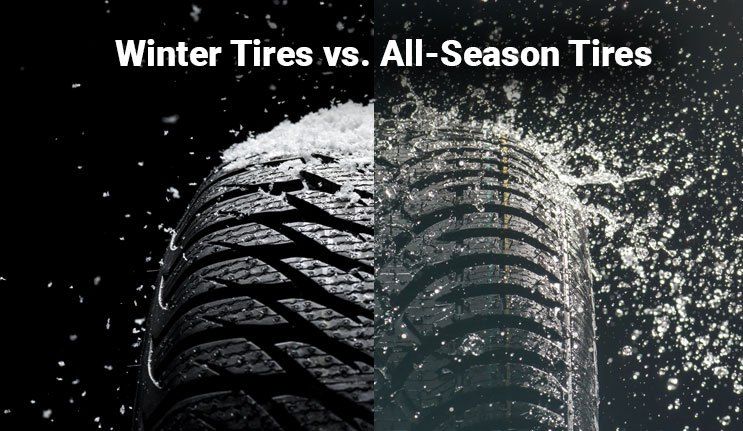
discover our best 2021 summer and all season tires
Advanced search
Every autumn, car owners have to drive through slush, and later through snow and ice. As always in our country, winter comes unexpectedly, despite all the attempts of weather forecasters to predict its onset. It is possible that it will snow tomorrow, and in a week the roads will become icy - such is our country with its unstable climate. That is why it is better to take care of comfort and safety in advance and choose all-season or winter tires. This is where the question arises - which is better? So, let's figure out which is which.
That is why it is better to take care of comfort and safety in advance and choose all-season or winter tires. This is where the question arises - which is better? So, let's figure out which is which.
All season tires are a cross between winter and summer tires. They are ideal for countries with mild climates in both summer and winter. For Russia, they are not so well suited, but lately the winters are getting warmer and all-season tires are more and more in demand. You can distinguish all-season tires from the rest by the following features:
Winter tires, on the other hand, are ideal for severe frosts, deep snow and icy road surfaces.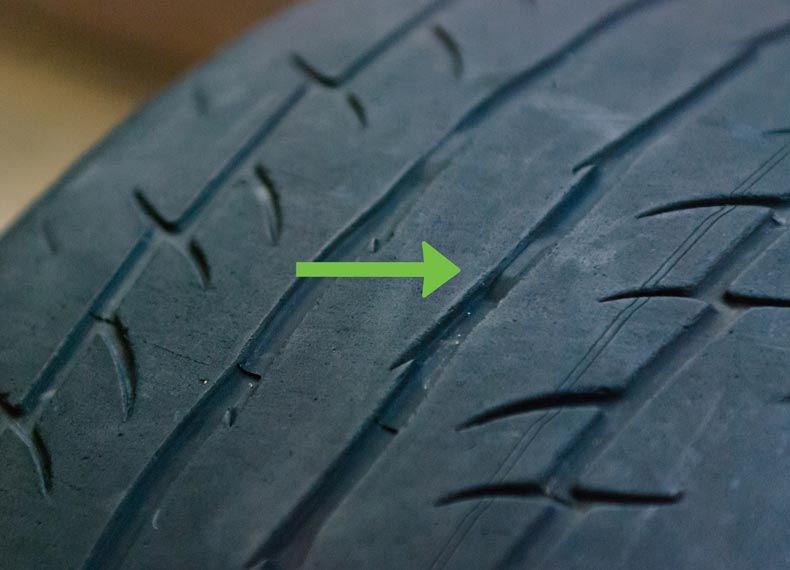 The pattern of their treads is strongly pronounced, which allows you to literally dig the snow under you. Winter tires come with or without studs. Studded tires bite into the ice and allow you to move more confidently and safely in winter. In addition, winter tires are made from a special composition, which allows them to warm up while driving and become very soft and elastic. Thanks to this unique quality, the flotation of winter tires is so high. The price of winter tires is slightly higher than all-season tires, but they are safer and more reliable in winter. The distinguishing features of winter tires are as follows:
The pattern of their treads is strongly pronounced, which allows you to literally dig the snow under you. Winter tires come with or without studs. Studded tires bite into the ice and allow you to move more confidently and safely in winter. In addition, winter tires are made from a special composition, which allows them to warm up while driving and become very soft and elastic. Thanks to this unique quality, the flotation of winter tires is so high. The price of winter tires is slightly higher than all-season tires, but they are safer and more reliable in winter. The distinguishing features of winter tires are as follows:
Here we come to the main question. What to choose, which tires are better - those that are cheaper or those that are more reliable? In fact, both tires have their undeniable advantages and disadvantages.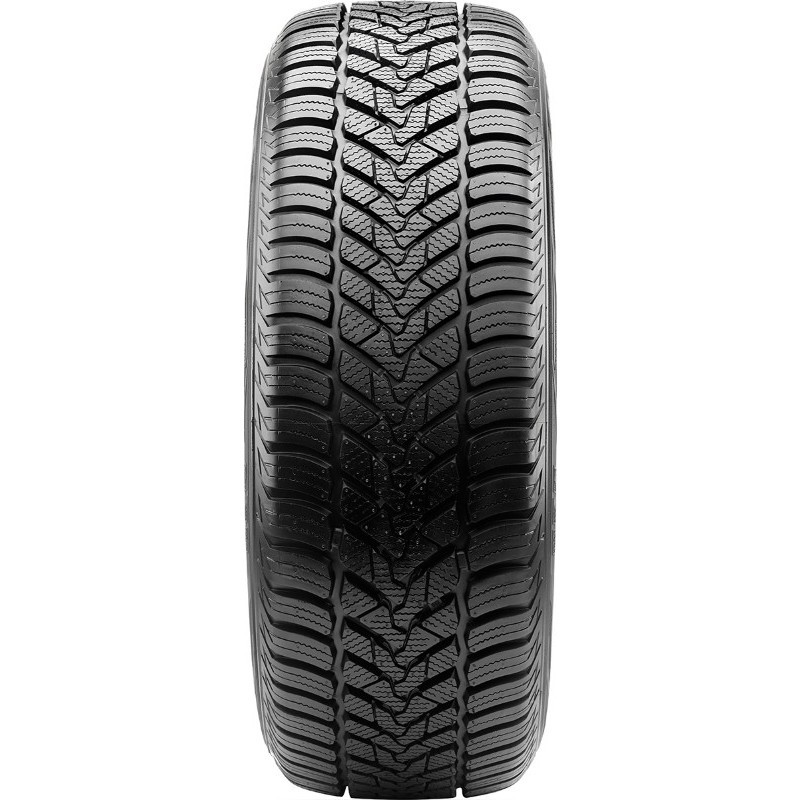 Everyone must decide for himself what is more important for him - cost or quality. In addition, remember that you don’t ride winter tires in summer (their quality will suffer greatly from this), but all-weather tires are great for this.
Everyone must decide for himself what is more important for him - cost or quality. In addition, remember that you don’t ride winter tires in summer (their quality will suffer greatly from this), but all-weather tires are great for this.
Also, winter tires are distinguished by the so-called noisiness, while all-season tires are quieter and do not cut the ear. All-season tires won't work for you if you own a sports car and want to drive it in the winter - these tires are not only not suited for fast speeds, but they are not as good in the cold season, but rather even bad. Therefore, the choice is yours, think and weigh all the pros and cons before deciding which tires to buy.
Rubber provides grip and transfers engine power to the asphalt. It is important to choose the right kit for your car so that the operation of the car is as efficient as possible. Each set has such a parameter as tire seasonality. Next, information will be provided on all-season tires, the features of their marking and the properties of this rubber.
In order to identify all-season tires by marking, such tires have an additional designation in the form of the letters M + S. The abbreviation Mud+Snow means that the kit provides reliable traction in difficult weather conditions. In addition, all-season tires are indicated by the symbols 4S, AS or AW (4 Season, All Season or All Weather).
However, it should be understood that, in fact, all-season tires lose to winter tires at low temperatures and lag behind summer tires at serious air temperatures. In fact, these tires are considered rather off-season.
Contents:
Various sets of seasonal tires are offered for the car, which differ in their characteristics and composition.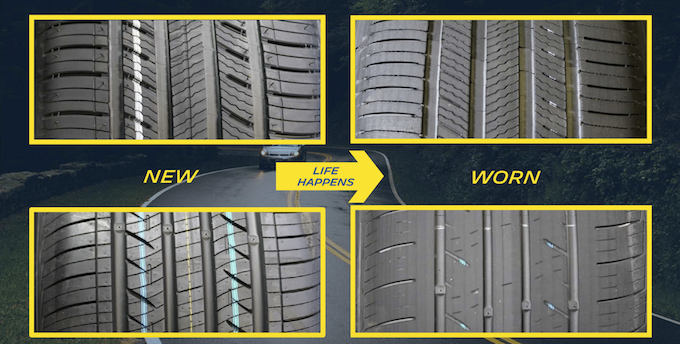 Tires for the winter are made of soft grades of rubber, which will allow the tire not to tan. In addition, such products have a developed tread pattern and a high profile, which allows you to cling to snow porridge and effectively drain water.
Tires for the winter are made of soft grades of rubber, which will allow the tire not to tan. In addition, such products have a developed tread pattern and a high profile, which allows you to cling to snow porridge and effectively drain water.
The difference between summer tires in hard rubber. This tire perfectly tolerates high loads and does not melt while driving, confidently clinging to the surface. The profile height is small, and the contact patch with the road is the most extensive. However, in low-temperature conditions, it hardens and does not provide proper grip, which results in a long braking distance.
Each set has a concept of tire seasonality. Despite the fact that tires of a certain composition are labeled as all-season tires, such a set is demi-season tires. These all-season tires have a softer rubber compound. In summer, the all-season will overheat and “float”, which will lead to premature wear.
In summer, the all-season will overheat and “float”, which will lead to premature wear.
In case of extremely low temperatures, tires will lose to their winter counterparts. Such kits work most effectively at near-zero levels, providing proper grip on cold asphalt, slush or rain. In such conditions, rubber can be used, but it is not worth riding it all year round; it is worth putting profile shoes for the winter or summer season.
Each set has its pros and cons. All season tires are no exception.
Benefits:
Disadvantages:
It is mandatory to have regulated inscriptions on the side surface of the tire.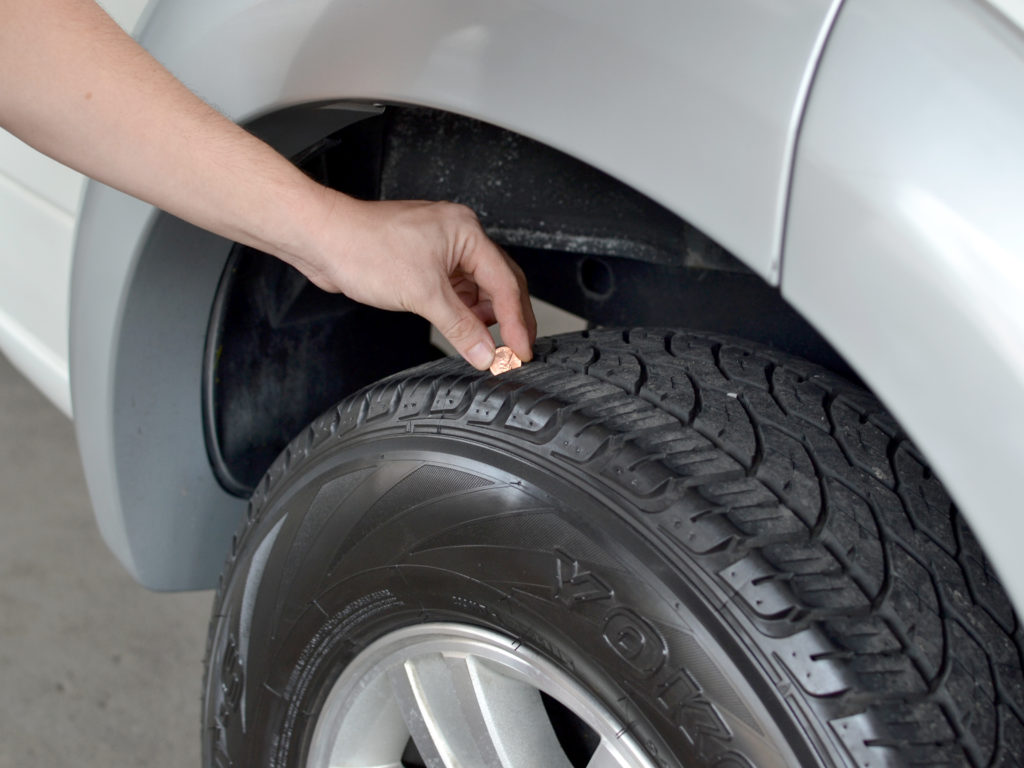 The logo and the name of the rubber manufacturers, as well as the name of the brand, are printed in large letters. Some car manufacturers may recommend certain brands as the most suitable for the model. This is what Chevrolet or VAZ do.
The logo and the name of the rubber manufacturers, as well as the name of the brand, are printed in large letters. Some car manufacturers may recommend certain brands as the most suitable for the model. This is what Chevrolet or VAZ do.
The tire size is also marked on the sidewall of the tire. There is a European type of marking. For example, readings 205 * 35 * R17 make it clear that the width of the tire is 205 mm, the profile height is 45, and the inner diameter is 17 inches. The letter r means that we have a shoe with a radial cord weave.
The American method is similar to the European one, only there are additional letters in front of the numbers, which signal the "orientation" of the rubber (P - Passanger, LT - Light Track). There is another way in which the standard size is indicated, where the values \u200b\u200bare given in inches. For example, if there is a number 29 * 11 * R18 on the side, its decoding will mean the following:

Another mandatory parameter is the speed index. This is a letter designation that indicates that the car can move at a given speed for several hours. The closer the letter is to the end of the Latin alphabet, the higher this indicator. Now the most common are kits with indices S, T, U, H V or W, allowing you to reach speeds of 180-190-200-210-240 or 260 km / h, respectively.
Together with the speed category, tire manufacturers put down two more numbers - the maximum load index. This parameter means that the tire is capable of driving under the specified weight on one wheel, subject to maximum pressure. The indicator is indicated in kilopascals closer to the inner radius.
The higher the value, the greater the load that the wheel can carry. The minimum value in the industry is 1 - 46.2 kg per wheel, and the maximum figure is 279 - 13.6 tons per cylinder.
Sometimes the marking of all-season tires can be supplemented with various badges.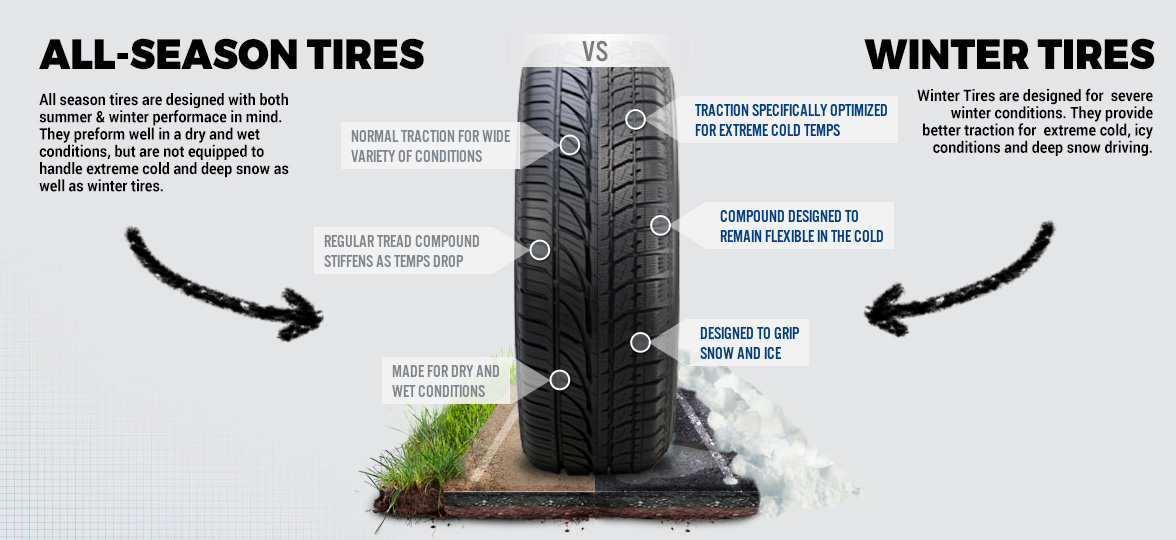 Among the additional designations you can find the inscription "Retread". The fact is that some sets are subject to repair and the mixture is re-fused on them and the tread is cut. Remanufactured products bear this designation. Riding on such rubber does not threaten anything, however, the tire bought by the driver will wear out a little earlier. Fortunately, the price is cheaper.
Among the additional designations you can find the inscription "Retread". The fact is that some sets are subject to repair and the mixture is re-fused on them and the tread is cut. Remanufactured products bear this designation. Riding on such rubber does not threaten anything, however, the tire bought by the driver will wear out a little earlier. Fortunately, the price is cheaper.
Some car tires and rims do not fit together, with fundamental differences in design. So, if you are going to change the tires of a car with your own hands, it is worth remembering that chamber kits must be installed on the corresponding wheels with the designations LK, GK or RK. The symbols LB, GB or RB indicate a combination with tubeless type kits (TubeLess).
Tire installation regulations govern the presence of colored markings. If there is a yellow triangle icon on the sidewall, then this is the lightest part of the rubber. All that needs to be done is to align it with the label on the disk. The red dot indicates the hardest point and should also be aligned with the L mark on light alloy wheels.
The red dot indicates the hardest point and should also be aligned with the L mark on light alloy wheels.
Be sure to mark the tire with four digits indicating the date of manufacture of the kit. In the first two, the ordinal number of the week is encrypted, and the last - an indicator of the year in which the wheels were made. The number 2517 indicates that the rubber was produced in the 25th week of 2017.
We told you how to distinguish winter tires from summer tires - by the snowflake icon. However, for choosing shoes for a non-trivial car, this knowledge may not be enough. When purchasing wheels for a crossover, you should imagine where the car will spend most of the time. If in the city, then standard tires with the designation AW (All Weather or Aqua - improved drainage and increased resistance to aquaplaning) are a good fit.
If the car goes beyond the definition of an SUV and you plan to go out into nature, then it is better to give preference to sets with a developed tire tread, improved lugs and increased cross-country ability.